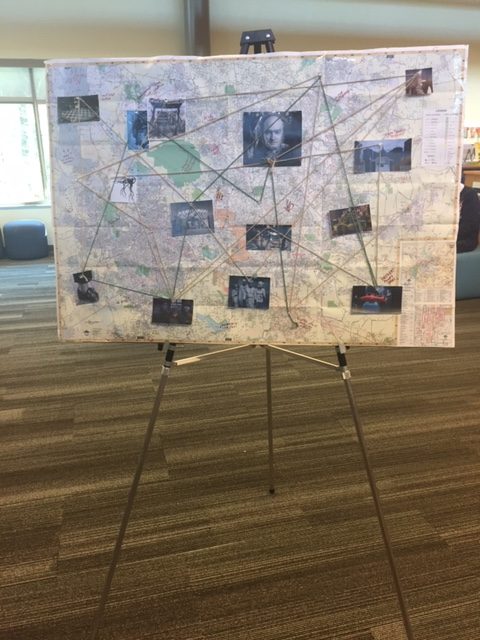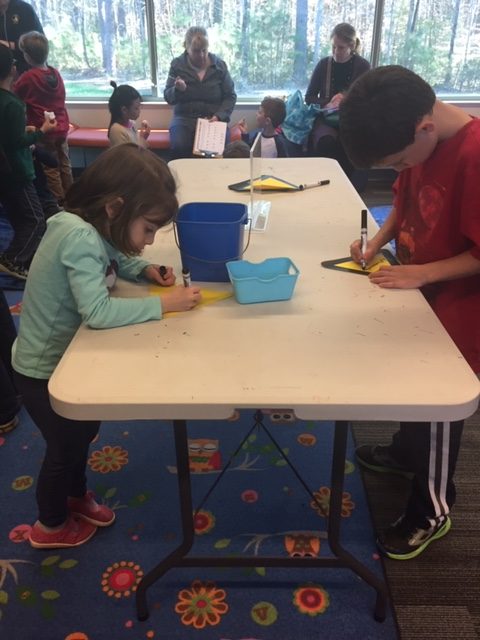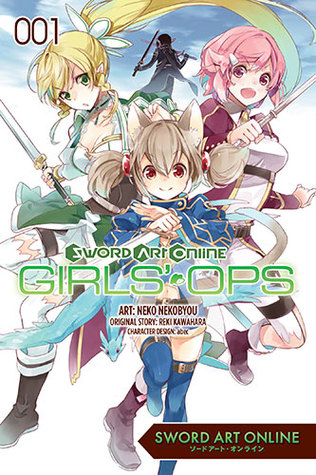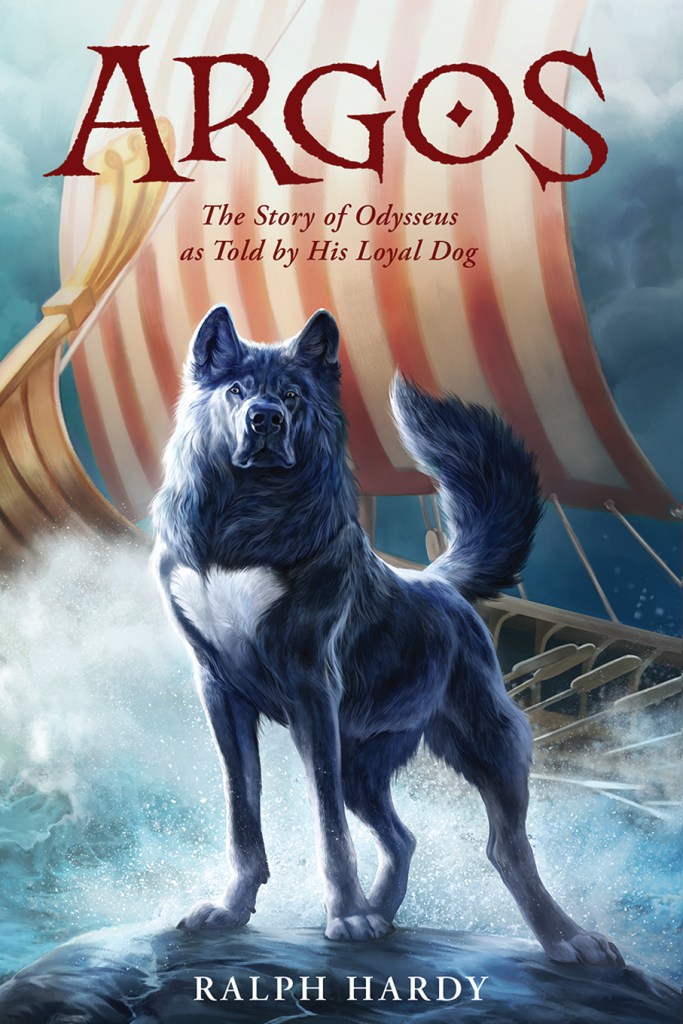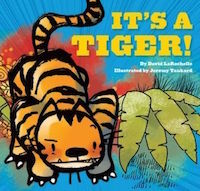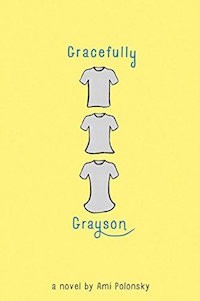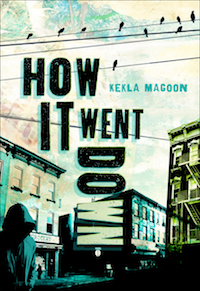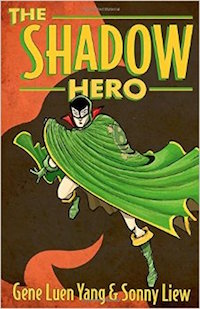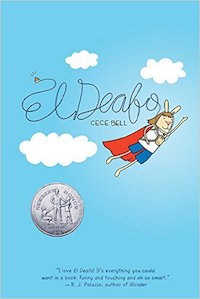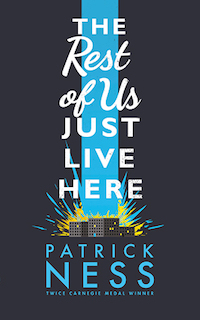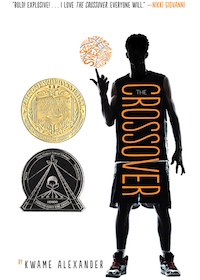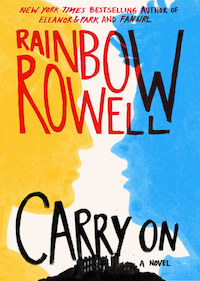You guys you guys you guys!
This year, for the first time, I got to attend Book Expo America. This was located in New York City, a place of which I am distinctly nervous*, but I was still beyond psyched to travel there for this magical event.
Book Expo America, for those who may not know, is a giant convention put on by publishers. Attending it are librarians, booksellers, book reviewers and bloggers, and other people with the power to buy and/or promote books. Oh, and authors. Over six hundred of those this year alone! There are panels on various book-related topics, booths run by publishers, and autographing sessions by authors. The entire time, free books – both advance reader copies (ARCs) and finished books – are basically being shoved at you.
(Also, there’s candy.)
BEA 2015 was held in the Javits Center, which is a space so vast that I can only measure it in terms of how many Costcos would fit inside. (Maybe five?) The whole thing, inside and out, was plastered with giant advertisements for books. I appreciated that. It made me feel catered to.

Look at the STAIRS!
I was there for all three days of the conference, and I had an incredible time. A few highlights:
1. Met Todd Strasser. Todd Strasser has written over one hundred books for kids and teens, many of them dealing with tough topics like homelessness and school shootings. I was there to gush over a middle grade book he wrote called Help! I’m Trapped in Obedience School, which is about a boy who accidentally switches bodies with his dog. Which was followed, of course, by the unforgettable classic Help! I’m Trapped in Obedience School Again. I read both of these multiple times as a kid. And now I have a signed copy of his upcoming book, The Beast of Cretacea.
2. Met Louis Sachar, whose Wayside School books I loved as a kid. Got a signed copy of his upcoming book Fuzzy Mud.
3. Met A.S. King and told her how much I (and my mom, and my mom’s book group) loved Everybody Sees the Ants! Also, got a signed copy of her book I Crawl Through It.
4. I got to meet Anne Ursu and congratulate her on the excellent review of her book The Real Boy I’d read on the site Disability in Kidlit. I was touched by how thrilled she was about the review. And I got a signed copy of The Real Boy!
5. Libba Bray and Barry Lyga did a hilarious interview/banter session at the Librarians’ Lounge. Libba Bray answered an interview question in song. This area was librarians-only, and the crowd was really small, so we got up close and personal with these awesome authors. (And, you know, got signed copies of their upcoming books, After the Red Rain and Lair of Dreams.)

I think the woman in the middle was their publicist. She was a good sport.
6. Saw a panel on comedy that included Dave Barry. I LOVED his books as a kid. I still can’t believe this happened:

7. MET KATHERINE FREAKING APPLEGATE YOU GUYS YOU GUYS. Okay, so the Animorphs series was basically my entire life when I was a tween. My friends and I bonded over it and competed over who could get the new book first. I didn’t even know the word “fanart,” but I was drawing Andalites. My dad made me an Animorphs birthday cake, but on the cover it had me morphing into a cat instead of Rachel, and the author said “K.A. Applecake” instead of “Applegate” because it was an apple spice cake and, you know, dad jokes. I had Animorphs dreams. If I was going to wash a bug down the sink or something, even now I might first warn it aloud that if it is an Animorph, this is its last chance to transform and save itself.** And at BEA, I got to MEET KATHERINE APPLEGATE.

I was there so early that I was first in line. That was an achievement. This is the face of a girl whose dreams are coming true.
She was SO NICE, you guys! And she gave me a signed copy of her upcoming book, Crenshaw! Which I’d finished by the end of the day, and it was beautiful!

8. Met author Shannon Hale! And, in case I still have to say it, got an autographed book: The Princess in Black and the Perfect Princess Party, which is lots of fun.

9. Met R.L. Stine, whose Goosebumps books were VERY IMPORTANT to me as a kid. It must be weird to be R.L. Stine at an event like this. It’s all grinning adults coming up to you saying, “You gave me nightmares for years!”

That’s him in the red lanyard.
10. While waiting in line to meet Felicia Day (because life is so much cooler than I’d realized it could be), I spotted a couple of cool-looking ladies. This was nothing extraordinary, as BEA was full of amazing people, which meant a lot of great conversations while waiting in lines. But I’d noticed that one of these ladies had on a shirt that I know is sold by Forever Young Adult, which is my favorite YA book review site. I asked if they were with FYA, and they said yes! I fangirled a bit, telling them that I’ve ordered books for our library (um, and myself) based on their reviews, and that their funny recaps got me watching both Pretty Little Liars and The 100. Confirmed that they will be recapping the Shadowhunters miniseries once it starts. Yay! We exchanged cards, and I had another person in line take our picture. In the green is FYA reviewer Jennie; in the blue, with the shirt I recognized, is reviewer Mandy C.

More coolness: they posted their BEA recap today, and I got a shout-out!
11. Oh yeah, and I did briefly meet Felicia Day. Who was super-nice. Got a preview of her upcoming memoir, You’re Never Weird on the Internet – Almost. I’ve read the preview already, and it’s witty and fun.

12. And I met Meg Cabot, which was exciting mostly in that she told me she is continuing the Heather Wells series, which I love and had thought was over. But I also got a signed ARC of Royal Wedding.
Whew! I left BEA with forty books. If I’d been indiscriminately grabbing, I could have bagged many more, but all forty of these genuinely interest me. Which is good, because they represent, according to my bathroom scale, thirty-three pounds of books, which is a lot to lug from NYC to Massachusetts. But if amazing memories could be measured in pounds . . . well, it’s a good thing they can’t, actually. A really good thing.
BEA’s in Chicago next year. I’m already like, “Try and stop me from going, world. Just try it!”
(Though next year I may not have a job that’s willing to not only pay me to be at BEA, but cover my travel and hotel costs. I love my library.)
*Because I have this notion that New Yorkers all want to murder you and also spit on you, like some kind of bloodthirsty archerfish.
**This rarely comes up, as I take bugs outside and release them like a huge softy.


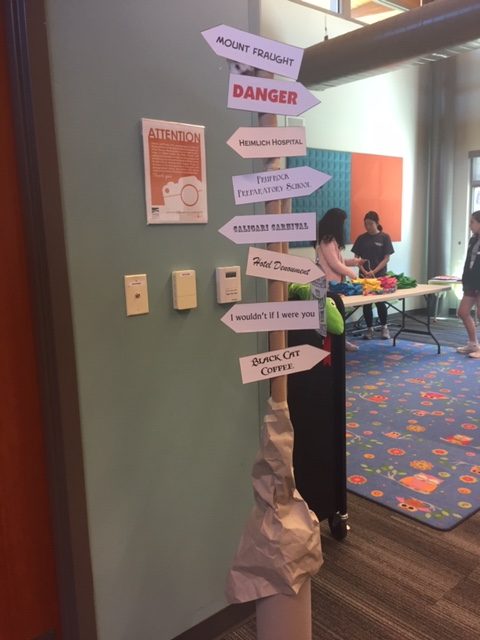 Our main, big craft was the felt Incredibly Deadly Vipers. Our volunteers had previously prepared three-foot-long strips of felt, tapered at one end, and little felt snake tongues. We followed the instructions in this video to have each kid (with assistance, if necessary) braid a snake. Both ends were secured with large amounts of hot glue.
Our main, big craft was the felt Incredibly Deadly Vipers. Our volunteers had previously prepared three-foot-long strips of felt, tapered at one end, and little felt snake tongues. We followed the instructions in this video to have each kid (with assistance, if necessary) braid a snake. Both ends were secured with large amounts of hot glue.

